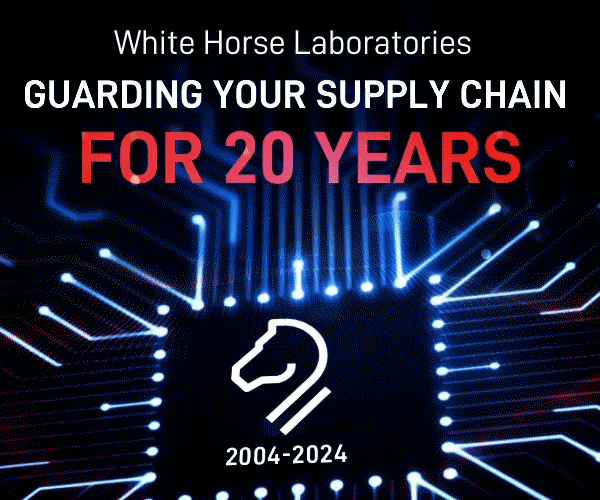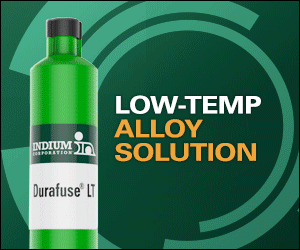How IMMEX Program Helps You Avoid Mexico Import Duty Costs
Originally posted on NAPS Blog
Mexico has become a manufacturing hotspot that continues to increase in popularity due to its skilled workforce, low labor costs, and proximity to large consumer markets. But Mexico offers another significant advantage that has been a major deciding factor for many foreign manufacturers considering nearshoring to Mexico: the IMMEX program.
IMMEX Overview
Formerly known as the maquiladora program, Mexico’s IMMEX program provides foreign manufacturers with tax exemption opportunities, enabling them to operate at lower costs and with fewer risks. The program was first introduced in the 1960s as a way to encourage investment from foreign companies and to establish factories throughout Mexico, with the goal of creating jobs and globalizing the economy.
Cost Benefits
Manufacturers that have not registered under the IMMEX program are subject to all import tariffs, such as Mexico’s 16% value-added tax (IVA). Distinct from its VAT laws, Mexico’s import duties vary depending on the industry, the type of good being imported, and the location from which it’s imported, but most imports fall between 3% and 20%, with the exception of certain food products and textiles, which are subject to higher rates.
In addition to the possibility of exemption from value-added tax, when a company operates under the IMMEX program, imported materials are considered “temporary” imports and are therefore duty-free. However, to receive these cost benefits, specific conditions must be met, the most important one being that the imported goods or materials be processed and exported as a final product within a specific timeframe (typically within 18 months).
Exceptions to Import Duty
Even when a company is working under the IMMEX program, not all goods imported into Mexico will automatically be exempt from import tariffs. “Sensitive” materials, such as textiles and steel, cannot be imported under the IMMEX program unless additional requirements are met, regardless of the company’s industry and the final product being produced.
For example, a company that manufactures aerospace equipment is not considered a textile company, but if it wants to import materials that qualify as textiles, and avoid the general import tax, they must export the final product within 12 months instead of the standard 18.
If this company also wanted exemption from value-added tax, they would experience significant wait times before receiving a VAT Certification. For this reason, many companies choose to operate under an IMMEX shelter company (like NAPS) that already possesses this certification and can help the manufacturer immediately benefit from Mexico’s tax incentives.
Manufacturing in Mexico vs. China
There are many reasons why companies favor manufacturing in Mexico instead of China, from the lower labor costs to the logistical advantages afforded by Mexico’s proximity to the United States. But one of the biggest benefits is Mexico’s strong trade relationship with the U.S., compared to the tense relations between the U.S. and China.
Because of the USCMA and Mexico’s IMMEX program, United States manufacturers with operations in Mexico are working under a preferential tax regime. Whereas in China, tariffs remain significantly high with fewer opportunities for exemption, and when these opportunities do exist, their durations are not always certain as a result of the ongoing trade war.











